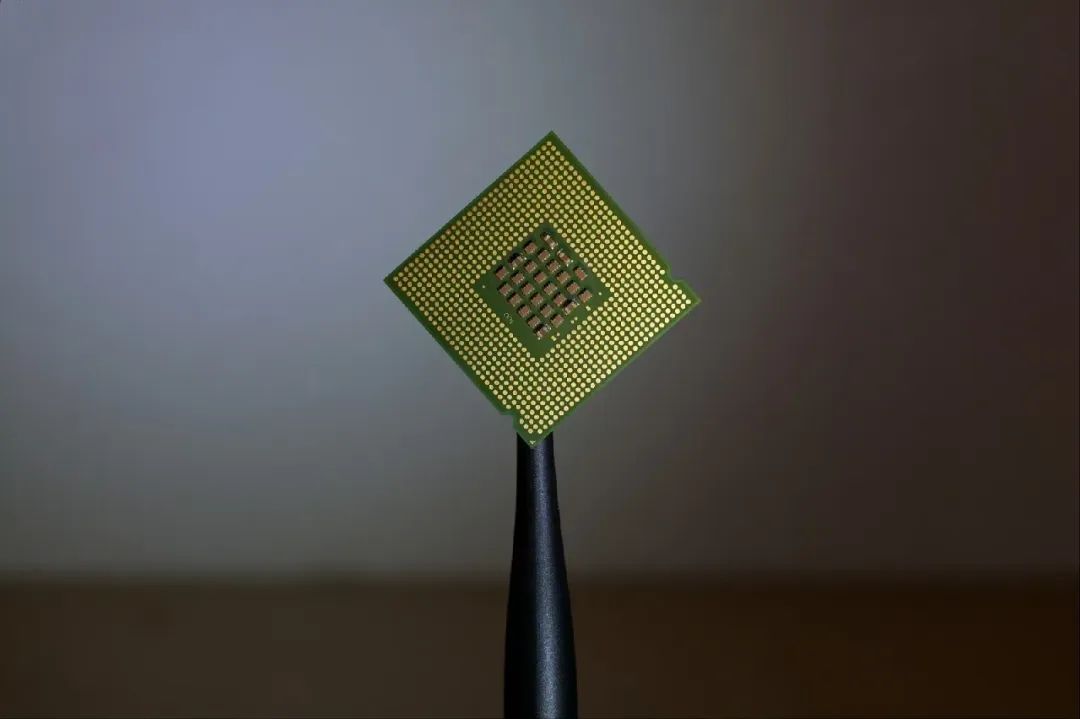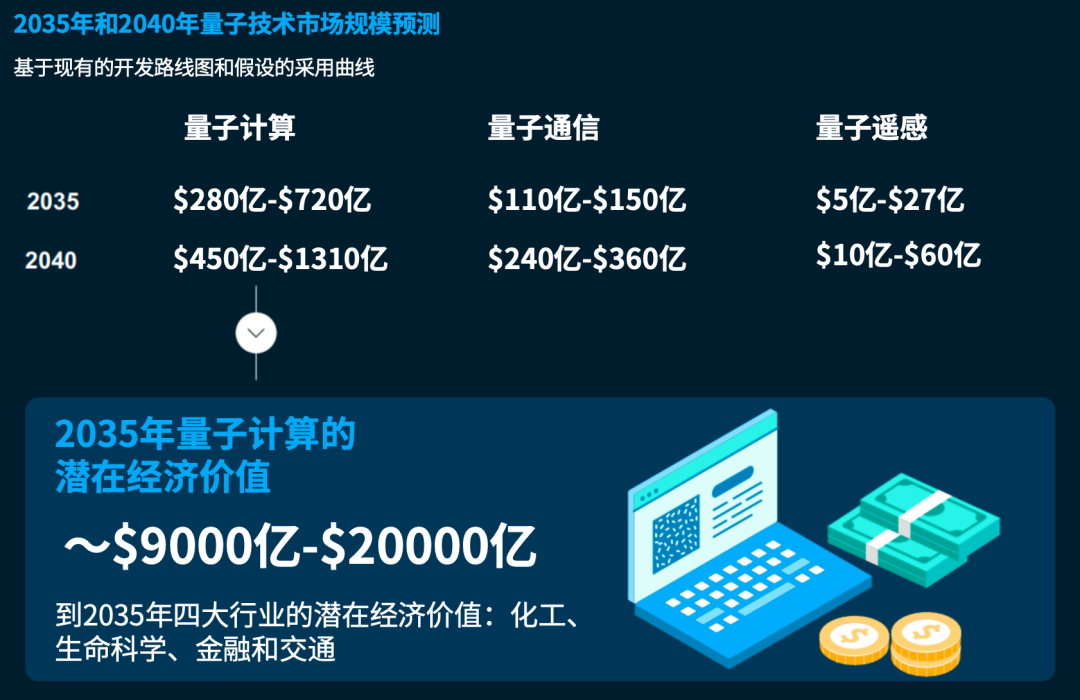Microchips are a set of electronic circuits located on small flat silicon wafers.
Image source: Unsplash/Brian Kostiuk
Victoria Masterson
Senior Writer, Forum Agenda
Madeleine North
Senior Writer, Forum Agenda
-
Google has manufactured an “incredible” microchip that can complete a task in five minutes that would take the fastest computer in the world ten trillion years.
-
According to the World Economic Forum’s Quantum Economy Blueprint report, this breakthrough will bring us closer to a “quantum economy.” Currently, the public sector has invested over $40 billion in quantum economy.
-
The history of microchips began with the invention of the transistor in 1947. Today, they continue to evolve to meet the increasing power and energy demands of artificial intelligence technology.
Microchips are entering a whole new world full of possibilities.
The huge demand for power and speed from artificial intelligence is driving a new generation of microchip innovations. In March 2024, California-based Nvidia launched an AI chip that completes tasks 30 times faster than the previous generation.
According to The Guardian, Google has now created an “incredible” chip that can complete a task in five minutes that would take the fastest computer in the world ten trillion years.
This is the latest breakthrough in quantum computing, bringing us closer to a “quantum economy.” According to McKinsey’s analysis, the quantum economy could reach $2 trillion by 2035. According to the World Economic Forum’s Quantum Economy Blueprint report, the public sector has already invested over $40 billion in this technology.
So, what is a microchip? How is it changing our world?
NoteAdvancements in microchip technology are facilitating the formation of a quantum economy, which could reach $2 trillion by 2035.
Image source: McKinsey & Company
Dutch semiconductor company ASML explains that microchips are a set of electronic circuits located on small flat silicon wafers.
Silicon, hard and brittle like crystal, is the second most abundant chemical element on Earth after oxygen. It is made from sand and possesses unique electrical and thermal properties suitable for chip manufacturing.
A Brief History of Microchips
A significant milestone in the history of microchips occurred in 1947 when Bell Labs invented the transistor, a key precursor to microchips. Bell Labs is an American telecommunications research and development company known for its pioneering innovations.
The transistor is essentially a miniature switch that turns current on or off. The BBC’s “Manufacturing Earth” series explains that today, a microchip can contain billions of transistors.
In 1958, Texas Instruments electrical engineer Jack Kilby invented the first integrated circuit. According to the electronics news website Electropages, this was a foundational breakthrough for modern microchips.
Another key innovation was in 1959 when physicist Robert Noyce developed the first practical integrated circuit that could be mass-produced. Integrated circuits are small electronic chips made up of interconnected components, including transistors.
In the early 1960s, NASA, as an early adopter, promoted the development of microchip technology.
Different Types of Microchips
Despite their small size, microchips come in various shapes.
General-purpose chips are the backbone of modern computing, designed to efficiently handle a variety of tasks. These integrated circuits (e.g., CPUs) contain millions or billions of transistors that can perform various computations and operations. They can be found in devices such as personal computers, smartphones, and servers.
Specialized chips have led to the emergence of dedicated processors optimized for specific tasks, such as graphics processing units (GPUs) for rendering images and videos.
Quantum chips, like Google’s Willow, represent the forefront of computing technology. They utilize principles of quantum mechanics to perform calculations that ordinary computers cannot complete or take a long time to do.
Neuromorphic chips, also known as brain-inspired chips, are designed to mimic the structure and function of biological neural networks. These chips use artificial neurons and synapses to process information in a manner similar to the human brain, often featuring parallel processing, low power consumption, and on-chip memory.
How Microchips are Changing the World?
The news site Slate states that without microchips, everyday technology—from the internet to handheld calculators—would be relegated to the realm of science fiction.
Microchips have made electronic devices smaller, more powerful, and more efficient.
For example, ultrasound scanners, which were once large machines on carts in hospitals and clinics, can now be used as pocket-sized mobile devices thanks to advancements in microchip technology.
A New Dawn for Microchips
Scientists are using light particles (instead of electricity) to transmit data, unlocking advancements in next-generation microchip technology.
For instance, Boston-based startup Lightmatter is harnessing light to increase processing power and reduce the enormous energy demands of chips used in artificial intelligence technology.
The company told Reuters that light is far more energy-efficient for transmitting information than electrical signals through wires.
According to news site TechCrunch, German startup Semron is developing a chip that can run AI programs locally on smartphones, earbuds, virtual reality headsets, and other mobile devices.
Semron’s chips use electric fields for computation rather than current (the traditional way computer chips operate). They claim this reduces manufacturing costs and improves energy efficiency.
As chips progress, scientists worldwide continue to strive for more environmentally friendly computing models. An analysis by the Quantum Energy Research Institute found that quantum computers have advantages in terms of energy and water resource usage during computation.
The Quantum Society Challenge aims to accelerate the development of quantum startups to create sustainable impacts aligned with the United Nations Sustainable Development Goals. This challenge is initiated by the Quantum Economy Network UpLink and Saudi Arabia’s Fourth Industrial Revolution Center, focusing on quantum solutions in areas such as climate, healthcare, and food systems, supporting innovation through funding, ecosystem connections, and product-market fit.
We welcome contributions of your innovative ideas to help us tackle the world’s most pressing sustainability challenges and build the quantum economy together.
The views expressed in this article are solely those of the author.This article is translated from the World Economic Forum Agenda blog, and the Chinese version is for reference only.Feel free to share with friends, and for reprints, please leave a message at the end of the article or on our public account..
Editor: Wang Can
The World Economic Forum is an independent and neutral platform for gathering various viewpoints to discuss important global, regional, and industry issues.
Follow us on Weibo, WeChat Video Account, Douyin, and Xiaohongshu
“World Economic Forum”



